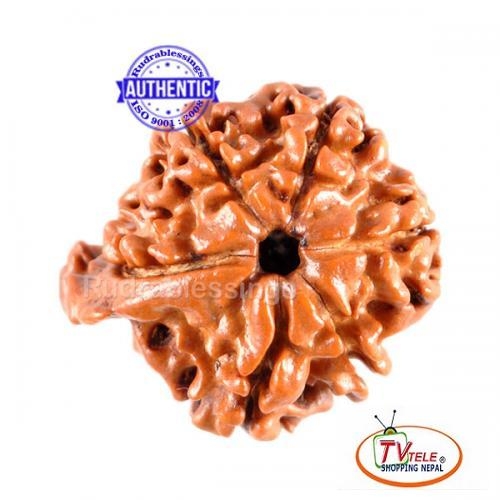Sports / Entertainment » COMMERCIAL » Rudrachya Nepal »
Different Types of Rudraksha Beads and their benefits (0 out of 5 based on 25 user ratings)
Last Updated : Jun 11, 2020 15:33 pm
Different Types of Rudraksha Beads and their benefitsBY RAMESHAs mentioned in our previous art...
Product: Different Types of Rudraksha Beads and their benefits
Product ID: 198
-
Qty:
Total: -
Availability : In Stock
Available Sizes
Available Colors
Order Now
Add to Wishlist
(Be the first to like this product)
Product Details
Different Types of Rudraksha Beads and their benefits
BY RAMESH
As mentioned in our previous article, Rudraksha is comprised of two words Rudra, which is another name for Lord Shiva, and Aksha, which means teardrops. Hence, Rudraksha means tears of Lord Shiva. It is said to have originated from the eyes of Lord Shiva in the form of tears that landed on earth and formed the Rudraksha tree. The tree grows mostly in the Himalayan regions of India, Nepal, Sumatra, Java, Myanmar, and Indonesia.
However, there are different types of Rudraksha beads that grow on the tree. They are based on the vertical lines seen running down on the surface. These lines are known as Mukhi, or in other words, “the clefts or furrows on the surface”. (For instance, if there are two vertical lines on the surface, then it is known as 2 Mukhi Rudraksha.) Each Rudraksha bead contains 50.031% carbon, 0.95% nitrogen, 17.897% hydrogen, 30.53% oxygen, and each bead takes 15 to 16 years to mature.
The Rudraksha comes with different “Mukhis” or “Face”, ranging from 1 to 21 Faces. Among them, 1 to 14 Mukhis are commonly found. There are different types of Rudraksha with more than 22 vertical lines, but they are extremely rare, and their properties haven’t been studied yet.
BY RAMESH
As mentioned in our previous article, Rudraksha is comprised of two words Rudra, which is another name for Lord Shiva, and Aksha, which means teardrops. Hence, Rudraksha means tears of Lord Shiva. It is said to have originated from the eyes of Lord Shiva in the form of tears that landed on earth and formed the Rudraksha tree. The tree grows mostly in the Himalayan regions of India, Nepal, Sumatra, Java, Myanmar, and Indonesia.
However, there are different types of Rudraksha beads that grow on the tree. They are based on the vertical lines seen running down on the surface. These lines are known as Mukhi, or in other words, “the clefts or furrows on the surface”. (For instance, if there are two vertical lines on the surface, then it is known as 2 Mukhi Rudraksha.) Each Rudraksha bead contains 50.031% carbon, 0.95% nitrogen, 17.897% hydrogen, 30.53% oxygen, and each bead takes 15 to 16 years to mature.
The Rudraksha comes with different “Mukhis” or “Face”, ranging from 1 to 21 Faces. Among them, 1 to 14 Mukhis are commonly found. There are different types of Rudraksha with more than 22 vertical lines, but they are extremely rare, and their properties haven’t been studied yet.


6.jpg)
4.jpg)

4.jpg)



